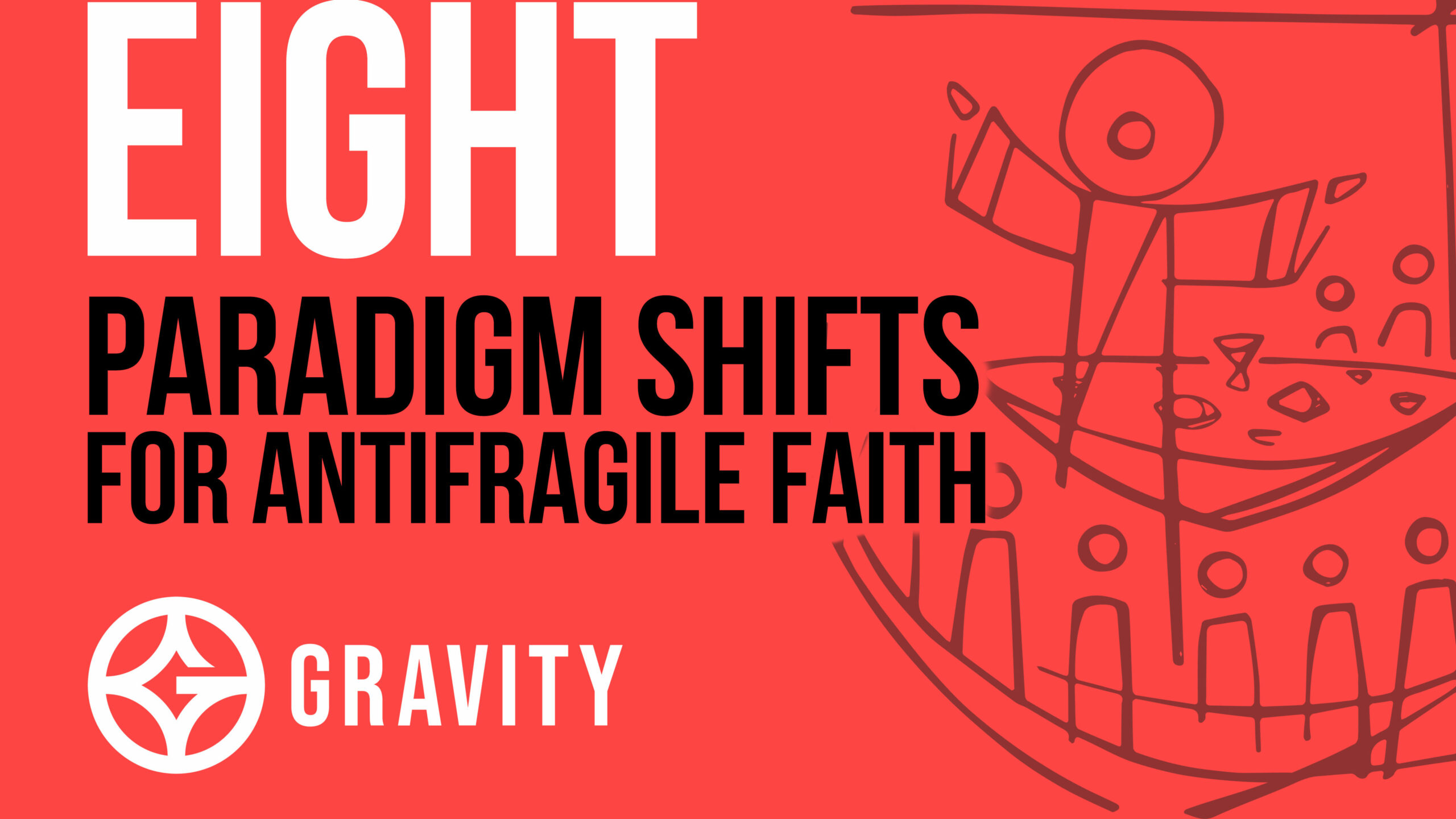Seeing Like Jesus: Dignity and Discomfort
Our family is part of the “special needs” club. This isn’t a club into which most people self-select. We certainly didn’t. We joined by surprise and without forewarning.
About two hours after our youngest son was born, a team of doctors and nurses nervously informed us that our newborn son was “exhibiting characteristics consistent with Down syndrome.” As they began to name the characteristics they were noticing — his almond eyes, the crease across his hand, the fold on his neck — I knew they were right. I also knew that our lives would be forever altered.
Enriched and complicated
On the one hand, our lives have been incredibly enriched. Our joy has multiplied, our laughter doubled, and our love refined. In a world where love is conditioned upon achievements, intelligence, and external appearance, we have learned a love that can be shared and reciprocated apart from achievements, smarts, and good looks.
Our son, Griffin, is fearfully and wonderfully made and is someone for whom Jesus died. He has intrinsic value and worth, apart from anything he does. This same thing is true for each of us, if we could just believe it and learn to receive it. Our lives have been forever touched by a better kind of love.
On the other hand, our life has become more difficult and complicated. Griffin has LOTS of doctor appointments. In addition to his pediatrician, he has an audiologist, ophthalmologist, ENT, allergist, cardiologist, and geneticist. Griffin also has music and speech therapy, occupational and physical therapy, a learning strategist, and two social workers. All of this makes for a lot of visits to hospitals and clinics!
Nothing is learned quickly. Whereas it took us two weeks to potty train our other boys, it has taken almost two years to potty train Griffin. We are still in pull-ups at night. Everything is more difficult, takes more time, and requires more intentionality. Our lives have been forever complicated by Griffin’s diagnosis and abilities.
The point is that both of these things are true. Our lives have been positively touched by Griffin AND our lives have been complicated by Griffin’s limitations.
Seeing the dignity and the difference
Occasionally we will encounter well-intentioned people who seem unable to acknowledge both of these realities at the same time. They will say things like:
- Griffin is just like every other kid.
- You can hardly tell that Griffin has special needs.
- When I see Griffin, I don’t see his Down syndrome.
The intent behind these comments is to affirm the truth that Griffin has intrinsic value and worth, just like other kids. And that is true and much appreciated. Griffin does have intrinsic value and worth, just like every other kid. The problem, however, is that Griffin is also unlike most other kids. Griffin has a real disability called Down syndrome.
To truly see Griffin, then, requires an affirmation of his inherent worth AND an awareness of his disability. This can be uncomfortable for some people as it will involve seeing the challenges and struggles we face, some odd and atypical behavior, none of which can be instantly solved or quickly fixed. For many, affirming Griffin’s worth is easier than sitting in the discomfort of his disability.
The God who sees
One of the names used for God in the Old Testament is El Roi, which literally means The God Who Sees. Jesus embodied this truth, that God is a God who sees, throughout his life and ministry.
Read through the Gospel and notice how often it mentions Jesus seeing people.
- When Jesus saw their faith — Mark 1:25
- When Jesus saw her weeping — John 11:33
- When Jesus saw the crowd around him — Matthew 8:18
- When Jesus saw this he was indignant — Mark 10:14
- When Jesus saw Nathaniel approaching — John 1:47
- Jesus saw a tax collector named Levi sitting at his tax booth — Luke 5:27
- When Jesus saw the loud crowd he had compassion on them — Matthew 14:14
- Jesus turned and saw her. “Take heart, daughter,” he said. — Matthew 9:22
- Jesus saw a commotion with people crying and wailing loudly — Mark 5:38
- When Jesus saw her, he called her forward — Luke 13:12
Jesus was able to see people, really truly see people. Jesus saw in a way that affirmed the humanity, dignity, and image of God in every single person he encountered. You will also notice that part of this seeing was being present to their unique pain, specific hardships, and life challenges.
Jesus was not just committed to seeing and affirming their unsurpassable worth. He saw and was present to the hard stuff too, even when doing so was uncomfortable.
Learning to see like Jesus
Our world is desperate for people who can see the way Jesus sees. I am convinced that at the heart of the heightened polarity bubbling up in our culture is an inability to see like Jesus.
We need to learn how to see like Jesus, for instance, when it comes to racial unrest. A “colorblind” theology that ignores race by declaring All Lives Matter simply will not do.
It’s true that all lives matter. Of course. Every life is created in God’s image, fearfully and wonderfully made, and someone that Jesus died for. However, we also need to learn how to see color. We need to be able to affirm the unsurpassable worth of our Black brothers and sisters while also being present to their pain and suffering.
We need to become people who can affirm the humanity, dignity, and image of God in every person we encounter. Rather than allowing judgments and “us vs. them” scripts to create distance, we need to move toward others with generous love. We also need to become people who can see and sit in the discomfort of pain and brokenness, trusting that God is present and at work in the hard stuff.
Healing our sight
Of the 30+ miracles the Gospels record Jesus performing, almost one fourth of them involve the healing of sight. Jesus heals two blind men in Matthew 9, a blind man at Bethsaida in Mark 8, a man who was born blind in John 9, and a man who was blind and mute in Matthew 12. Perhaps the repetition of all these sight healings is indicative of the kind of healing we all need to receive.
Over the past few weeks our church staff has been praying for this kind of healing. We each put a screen saver on our phones that says Heal My Sight. Our shared practice is before we activate our phones, which we all do dozens of times a day, we will pause and pray for God to give us new eyes.
Jesus, heal my sight.
This work by Gravity Commons is licensed under CC BY-NC-ND 4.0
2 Comments
Leave a Comment
Join the Gravity Community
A space for people who want to find their way into a more generous, joyful, decolonized Christian faith together.


Great Article Mac. We all need 20/20 Christ Vision. Thanks for sharing this.
Thanks, Steve!